Predicament, Positioning, and Power - The 3 P's of Self-Defense Training
In a world where personal safety is a growing concern, understanding the art of self-defense becomes paramount. The journey into self-defense training is not just about learning how to throw a punch or execute a kick; it's about mastering the essential components that contribute to effective personal safety strategies. This article will explore the three P's of self-defense: Predicament, Positioning, and Power. These elements are interwoven, creating a holistic approach to self-defense that empowers individuals to respond confidently and effectively in threatening situations.
The first P, predicament, refers to the awareness of potential threats in your environment. It’s like having a sixth sense that alerts you to danger before it even unfolds. Recognizing dangerous situations is crucial, as it can often mean the difference between safety and harm. Situational awareness is not just about being vigilant; it’s about understanding your surroundings and anticipating possible risks. Imagine walking through a park at night; being aware of your surroundings allows you to detect unusual behavior or potential threats that others might overlook. This heightened awareness can help you avoid dangerous situations altogether.
Once you recognize a predicament, the next step is positioning. Positioning is crucial in self-defense because it determines your ability to respond effectively. Think of it like playing chess; your next move can set the tone for the rest of the game. In self-defense, having the right stance can enhance your defensive capabilities and improve your chances of escape. For instance, if you find yourself cornered, knowing how to position your body can create an opportunity for you to break free. Proper positioning can mean the difference between being a target and being a tough opponent.
Different defensive stances can significantly impact your balance and readiness. A solid stance provides stability, allowing you to react swiftly to an attack. Here are a few common defensive stances:
- Boxer’s Stance: Feet shoulder-width apart, hands up, ready to strike.
- Side Stance: One foot forward, body angled to present a smaller target.
- Horse Stance: Legs wide apart, knees bent, ideal for stability.
Each stance has its applications in real-life scenarios, emphasizing adaptability and responsiveness. The key is to practice these stances until they become second nature.
Effective footwork is vital for maintaining distance and control in a confrontation. Think of your feet as the wheels of a car; they need to be agile to navigate through tricky situations. Key footwork techniques include:
- Shuffling: Quick, lateral movements to evade attacks.
- Pivoting: Rotating your body to change direction while keeping your balance.
- Stepping Back: Creating space between you and a potential attacker.
Mastering these techniques can help you maneuver effectively in a threatening situation, making it harder for an aggressor to reach you.
Proper body alignment enhances your defensive posture. Imagine a tree standing tall against the wind; its roots provide stability. Similarly, aligning your body correctly can help you withstand an attack and respond effectively. Focus on keeping your shoulders relaxed, your chin tucked, and your knees slightly bent. This alignment not only prepares you for defense but also positions you for a counterattack when the opportunity arises.
Strategic movement is essential for evasion and countering attacks. It’s like dancing; you need to be light on your feet and ready to change direction at a moment's notice. In a self-defense scenario, moving effectively can help you maintain control and safety. Practice moving in circles to keep your opponent guessing, or use diagonal movements to escape a straight-line attack. The goal is to stay unpredictable and keep your attacker off balance.
Power in self-defense refers to the ability to deliver effective strikes and defend oneself. But power isn’t just about brute strength; it’s about technique and precision. Understanding how to generate power through your movements can significantly enhance your effectiveness in confrontations.
Physical conditioning plays a significant role in self-defense effectiveness. Just like an athlete trains for a competition, you need to prepare your body for the unexpected. Incorporate exercises that enhance strength, speed, and endurance into your routine. Consider activities like:
- Weight Training: Builds strength for powerful strikes.
- Cardio: Increases stamina for prolonged encounters.
- Flexibility Training: Improves mobility and reduces injury risk.
By focusing on physical conditioning, you not only improve your self-defense skills but also boost your confidence in handling challenging situations.
Lastly, psychological readiness is equally important in self-defense. It’s not just about having the physical skills; it’s about being mentally prepared to act decisively when danger strikes. Consider the mental aspect as your inner coach, encouraging you to stay calm and focused. Techniques like visualization, meditation, and scenario training can help you build this mental resilience. Imagine yourself successfully navigating a threatening situation; this mental rehearsal can prepare you for real-life encounters.
Q: Can anyone learn self-defense?
A: Absolutely! Self-defense training is accessible to everyone, regardless of fitness level or experience. The key is to find a program that suits your needs.
Q: How long does it take to become proficient in self-defense?
A: Proficiency varies by individual, but consistent practice over a few months can lead to significant improvements in skills and confidence.
Q: Is self-defense training only about physical techniques?
A: No, self-defense training encompasses physical techniques, situational awareness, and psychological preparedness, all of which are crucial for effective self-defense.
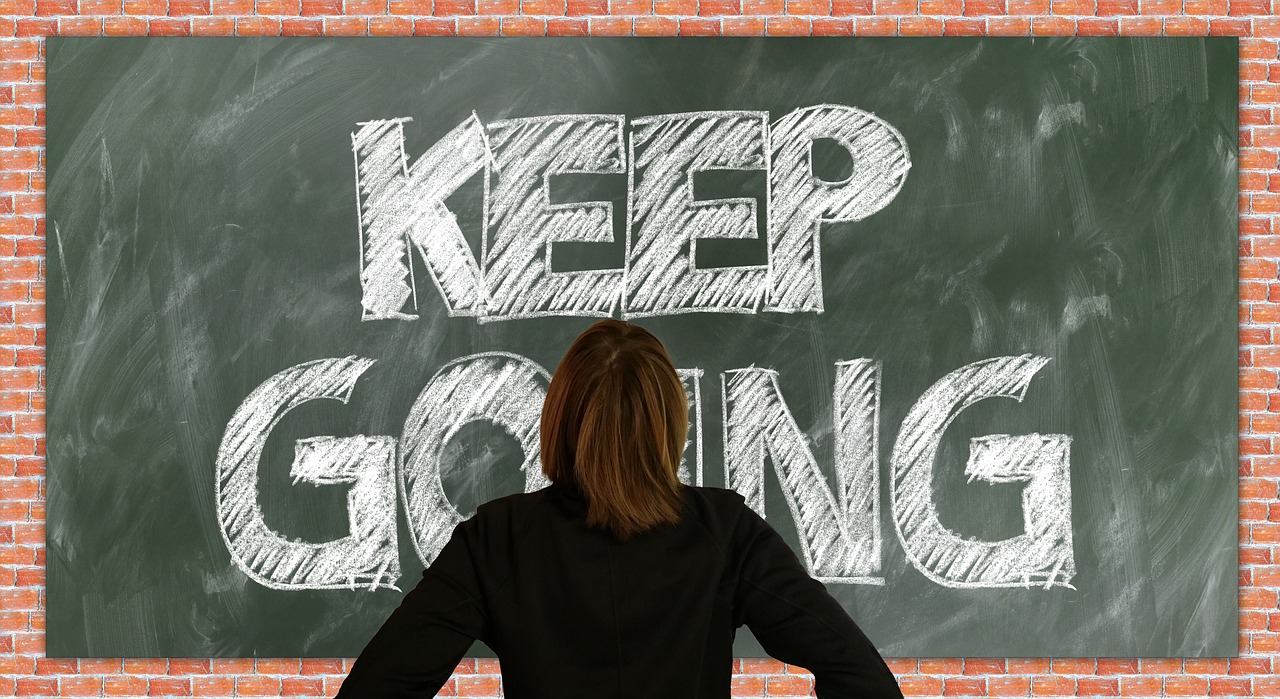
Understanding Predicament
The first P, predicament, is all about being aware of your surroundings and recognizing potential threats before they escalate. Imagine walking down a street, headphones in, completely oblivious to the world around you. This is a classic example of being in a vulnerable predicament. Situational awareness is your first line of defense. It’s like having a sixth sense that alerts you to danger, allowing you to react before a situation spirals out of control. By honing this awareness, you can spot the signs of trouble early, whether it’s a suspicious person loitering nearby or a group that seems a bit too rowdy.
But how do you develop this awareness? It’s not just about keeping your eyes open; it’s about training your mind to notice subtle cues. Consider the following strategies that can enhance your situational awareness:
- Stay Present: Avoid distractions like your phone or loud music when out in public. Being present means engaging with your environment.
- Observe Body Language: People communicate a lot through their posture and movements. Recognizing aggressive or anxious body language can be crucial.
- Trust Your Gut: If something feels off, it probably is. Your instincts are powerful and can often sense danger before your mind fully registers it.
Furthermore, understanding the concept of predicament also involves recognizing the context of your environment. Different settings come with varying levels of risk. For instance, a crowded subway station might present different threats compared to a quiet park at dusk. By categorizing environments based on their safety, you can better prepare yourself mentally for potential dangers.
In self-defense training, instructors often emphasize the importance of recognizing your predicament. They might simulate scenarios where students must identify threats and react accordingly. This kind of training can be eye-opening, revealing just how quickly situations can change. It’s not enough to just be aware; you must also be ready to act. This is where the skills you learn in self-defense classes come into play, allowing you to respond effectively when the moment arises.
Ultimately, understanding your predicament is about more than just avoiding danger; it’s about empowering yourself. When you’re aware of your surroundings and can assess potential threats, you’re not just a passive observer—you become an active participant in your safety. This mindset shift can be transformative, turning fear into confidence. So, the next time you step out, remember: awareness is your best defense.
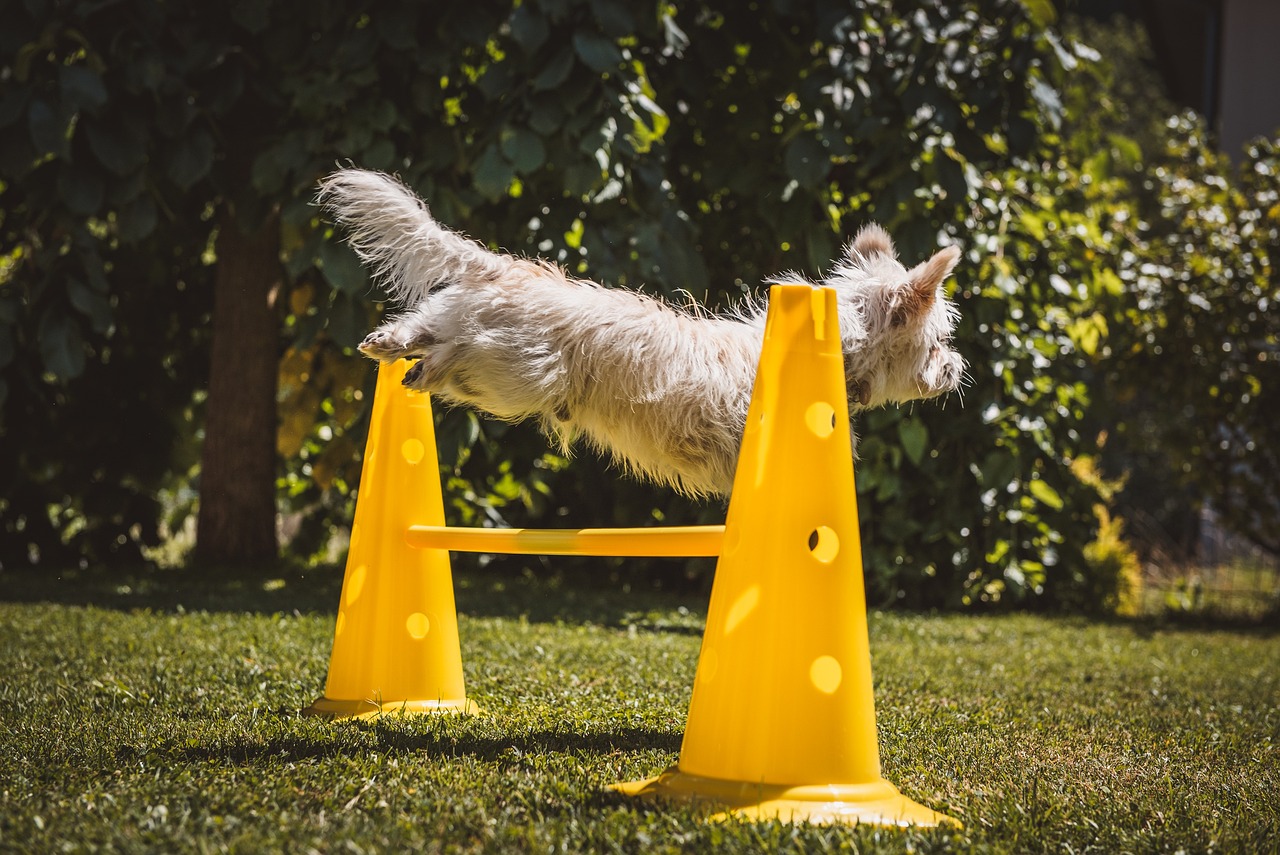
The Importance of Positioning
When it comes to self-defense, positioning is not just a tactical advantage; it’s the very foundation of your ability to respond effectively in a threatening situation. Think of it like a game of chess—every move matters, and the way you position yourself can either lead you to victory or leave you vulnerable. In self-defense, your positioning can significantly influence the outcome of a confrontation, allowing you to either escape or neutralize a threat. The key here is to understand how to maintain a stance that maximizes your defensive capabilities while minimizing your exposure to danger.
One of the most critical aspects of positioning is your stance. A solid defensive stance not only provides balance but also prepares you to react swiftly. If you’re caught off guard, your body needs to be ready to spring into action. Consider the following elements when assessing your positioning:
- Balance: Ensure your weight is evenly distributed, allowing for quick movements in any direction.
- Readiness: Keep your hands up and your feet shoulder-width apart to create a stable base.
- Awareness: Always be conscious of your surroundings and potential escape routes.
Moreover, the concept of positioning extends beyond just your physical stance. It encompasses the strategic placement of your body relative to your opponent. For instance, if you find yourself cornered, your ability to pivot or move laterally can be a game-changer. By shifting your position, you can create opportunities to escape or counterattack effectively. This is where footwork techniques come into play, allowing you to maintain distance and control during a confrontation.
Let’s dive deeper into the different defensive stances you can adopt. Each stance has its unique advantages and can be adapted based on the situation at hand. Here are a few common stances:
| Stance | Description | Best Use |
|---|---|---|
| Square Stance | Feet shoulder-width apart, facing the opponent directly. | Good for direct confrontations. |
| Side Stance | Body turned sideways, one foot forward. | Enhances mobility and reduces target area. |
| Back Stance | Weight shifted to the back foot, ready to retreat. | Ideal for defensive maneuvers and quick escapes. |
Each stance allows for different levels of engagement and escape, so it’s essential to practice switching between them based on the dynamics of the situation. This adaptability is crucial because, in self-defense, you often have to think on your feet—literally!
Now, let’s talk about footwork. Effective footwork is like the oil in a well-running machine; it keeps everything smooth and functional. Good footwork allows you to maintain distance from an aggressor while keeping your options open for movement. Here are some vital footwork techniques:
- Shuffling: This technique allows for quick lateral movements, keeping you light on your feet.
- Pivoting: Pivoting on your foot can help you change direction swiftly, making it harder for an opponent to predict your moves.
- Stepping Back: When under threat, stepping back can create distance and give you time to assess your options.
Incorporating these footwork techniques into your training will not only improve your positioning but also bolster your confidence in handling confrontations.
Lastly, let’s discuss body alignment. Proper body alignment is essential for both offense and defense. When your body is aligned correctly, you can generate more power in your strikes and maintain a stable posture. Here’s how you can ensure your body is aligned:
- Head Up: Keep your chin tucked and your head up to maintain visibility and awareness.
- Shoulders Back: This posture opens up your chest, allowing for better breathing and power generation.
- Hips Forward: Align your hips with your feet to maintain balance and readiness.
By focusing on these elements of positioning, you’ll not only enhance your defensive capabilities but also empower yourself to act decisively in the face of danger. Remember, in self-defense, positioning is everything!
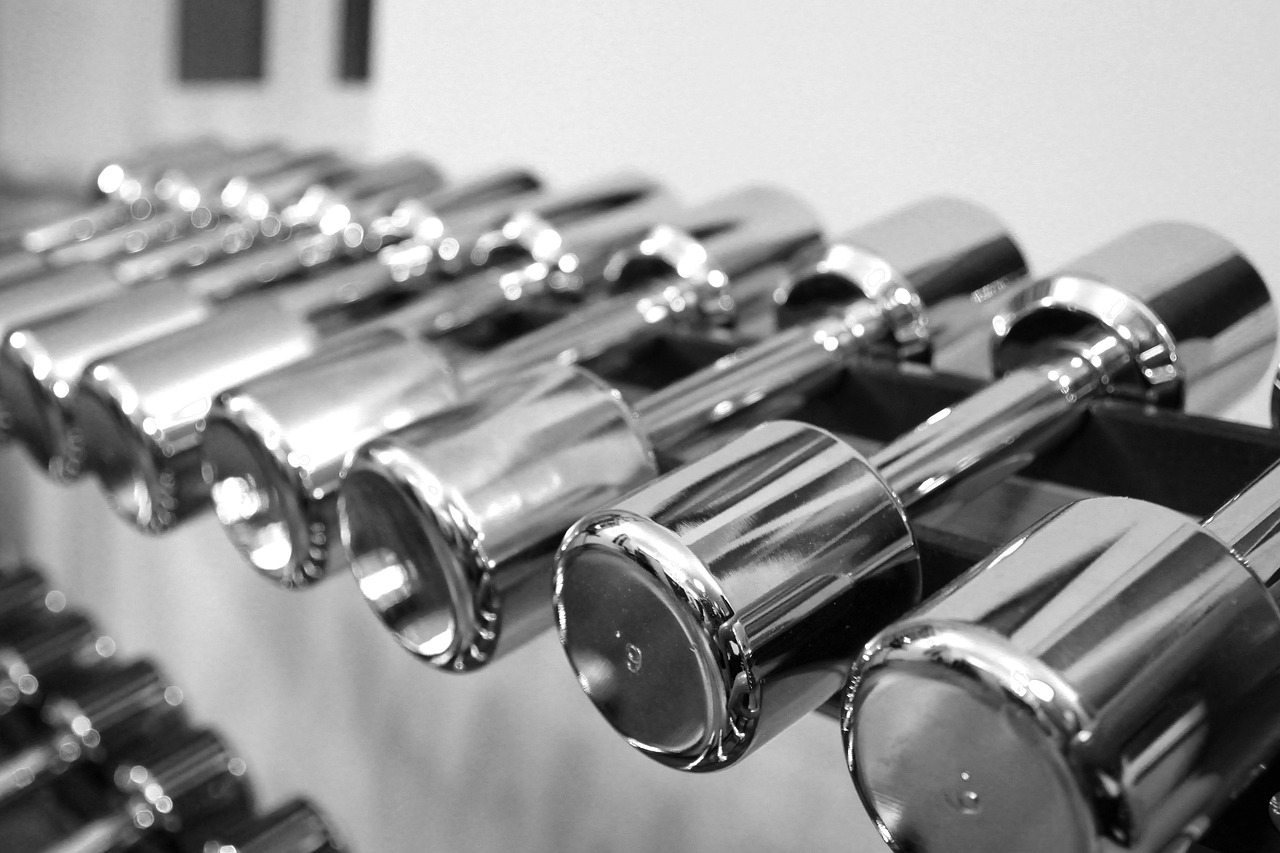
Defensive Stances
When it comes to self-defense, the way you hold your body can make a world of difference. are not just about looking tough; they play a crucial role in your ability to react and defend yourself effectively. Imagine standing on a tightrope—if you’re not balanced, you'll fall. Similarly, your stance in a self-defense situation determines your stability and readiness to respond to an attack. The right stance can mean the difference between dodging a blow and getting knocked out.
There are several key stances that every self-defense practitioner should be familiar with. Each stance has its unique advantages, and the best part is that they can be adapted to fit your individual style and the specific situation you find yourself in. Here are a few common defensive stances:
- Square Stance: In this stance, your feet are shoulder-width apart, and your body faces the opponent directly. This position allows for quick movements in any direction, making it great for both offense and defense.
- Side Stance: Here, one foot is positioned slightly behind the other, creating a triangular shape. This stance provides a solid base and is excellent for blocking attacks while preparing for a counterstrike.
- Bladed Stance: Your body is angled sideways to the opponent, which reduces your target area. This is particularly useful in evading strikes while maintaining a strong defensive posture.
Each of these stances has its place depending on the situation. For instance, if you find yourself in a crowded space, a square stance might be more beneficial for quick movements, while a bladed stance could help you navigate tight quarters with less risk of being hit. The key is to practice these stances until they feel natural, as muscle memory will kick in when you need it most.
But it's not just about the stance itself; footwork is equally important. Your feet should be light and ready to move, allowing you to reposition quickly. Think of a boxer in the ring—constant movement keeps them unpredictable and ready to strike or dodge. If you’re rooted to the ground, you’re an easy target. Practicing footwork drills can enhance your agility and ensure you’re always in the best position to defend yourself.
Additionally, the alignment of your body plays a pivotal role in your defensive capabilities. Proper body alignment means that your weight is distributed evenly, allowing for quick transitions between stances. If you lean too far forward or backward, you risk losing balance. Maintaining a slight bend in your knees can help you stay grounded and prepared to react. Remember, a strong foundation is essential for delivering effective strikes and defending against attacks.
In conclusion, mastering defensive stances is a fundamental aspect of self-defense training. By understanding the various stances and their applications, you can enhance your readiness and adaptability in threatening situations. The next time you practice, pay close attention to your stance and footwork; they are the building blocks of effective self-defense.
Q: What is the best defensive stance for beginners?
A: The square stance is often recommended for beginners as it provides balance and allows for quick movement in any direction.
Q: How can I improve my footwork for self-defense?
A: Regular practice of footwork drills, such as shadowboxing or agility ladder exercises, can significantly enhance your footwork skills.
Q: Are defensive stances the same for all martial arts?
A: While many martial arts share similar stances, each discipline may have its unique variations tailored to its techniques and strategies.

Footwork Techniques
When it comes to self-defense, your feet can be your best allies. Effective are essential in maintaining distance, creating opportunities for escape, and positioning yourself for a counterattack. Imagine being a dancer on a stage, where every step you take can either lead you closer to danger or help you evade it. The key is to master the art of movement so that you can navigate through threatening situations with agility and confidence.
One fundamental technique is the side step. This technique allows you to quickly move out of the line of attack while keeping your eyes on your opponent. Picture yourself like a matador, gracefully sidestepping an oncoming bull. By shifting your weight and pivoting on your foot, you not only evade the threat but also position yourself for a potential counter-strike. This technique is particularly useful when facing an aggressor who is coming straight at you.
Another critical footwork technique is the backward step. This is not just about retreating; it’s about creating space. When you step back, you can evade an attack while simultaneously assessing your surroundings. Think of it as a chess game where you need to anticipate your opponent’s next move. By moving backward, you can create distance to think strategically about your next action. However, it’s essential to be aware of your environment to avoid obstacles that could hinder your escape.
In addition to these techniques, maintaining a solid stance is crucial. Your feet should be shoulder-width apart, with your knees slightly bent, ready to spring into action. This stance provides balance and stability, allowing you to react quickly whether you need to strike or evade. As you practice these footwork techniques, pay attention to your body alignment. Proper alignment not only enhances your balance but also maximizes your power when you do decide to engage.
To further illustrate the importance of footwork in self-defense, consider the following table that outlines various footwork techniques and their applications:
| Footwork Technique | Application | Benefits |
|---|---|---|
| Side Step | Evading direct attacks | Improves positioning for counterattacks |
| Backward Step | Creating distance from an aggressor | Allows for assessment of surroundings |
| Pivoting | Changing direction quickly | Enhances agility and responsiveness |
| Shuffling | Maintaining distance while staying mobile | Increases reaction time and versatility |
In conclusion, mastering footwork techniques is not just about moving your feet; it’s about enhancing your overall self-defense strategy. By practicing these techniques, you can develop the agility, balance, and situational awareness necessary to protect yourself effectively. Remember, in a dangerous situation, your ability to move swiftly and strategically can make all the difference. So lace up your shoes, hit the training mat, and start stepping your way to safety!
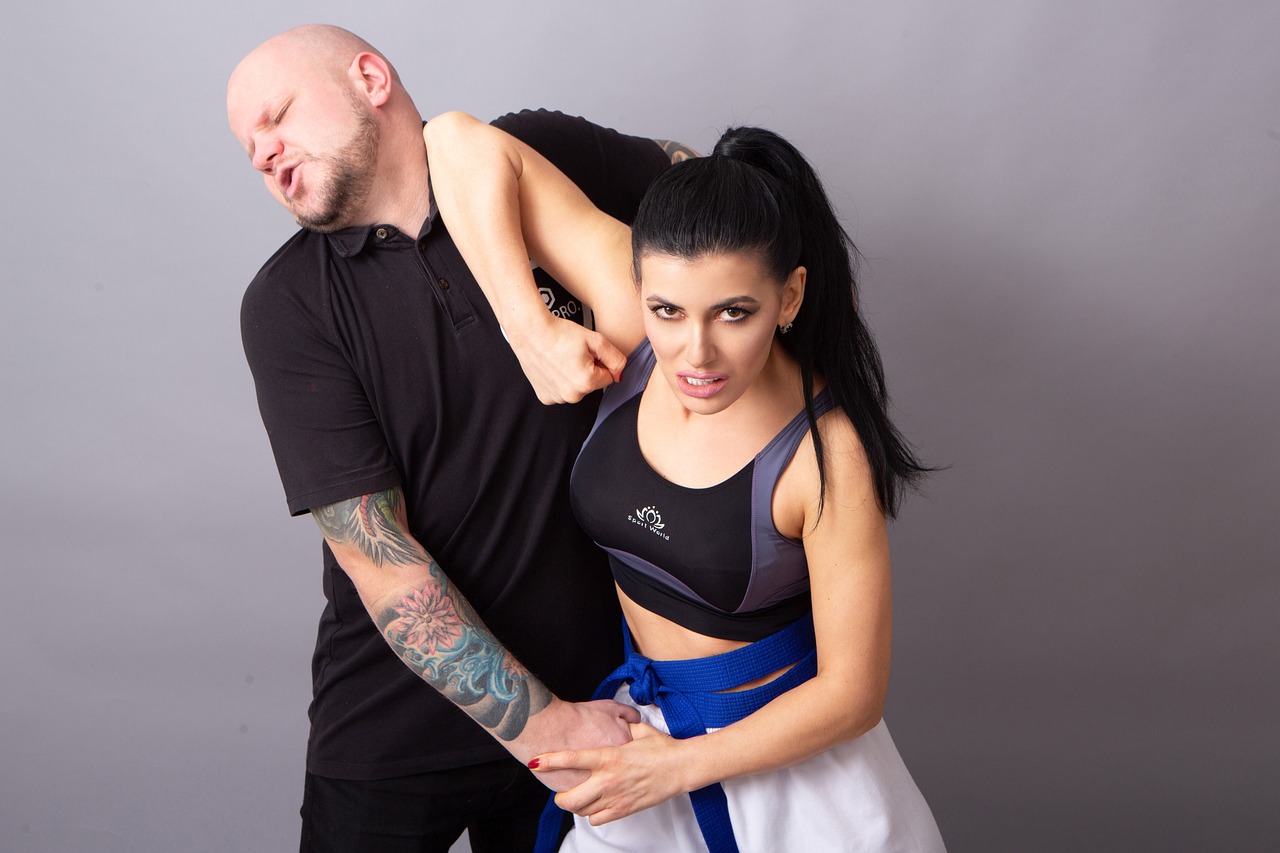
Body Alignment
When it comes to self-defense, is a game changer. Think of your body as a finely tuned instrument; if it's not aligned properly, it won't produce the best sound—or in this case, the best defense. Proper alignment not only enhances your ability to strike effectively but also maximizes your stability and balance, which are crucial when facing an opponent. Imagine trying to throw a punch while standing on one leg; it just won't work, right? That's why understanding how to position your body is essential.
To achieve optimal body alignment, you need to focus on a few key aspects:
- Head Position: Keep your head up and chin tucked. This protects your neck and allows for better visibility of your surroundings.
- Shoulder Alignment: Your shoulders should be relaxed but square to your opponent. This stance not only prepares you for a defensive move but also allows for quick transitions into offensive actions.
- Hip and Knee Position: Your hips should be aligned with your shoulders, and your knees should be slightly bent. This position lowers your center of gravity, enhancing your balance and readiness to move.
Equally important is how you distribute your weight. Ideally, you want to keep a balanced stance where your weight is evenly distributed between both feet. This balance allows you to pivot quickly or retreat if necessary. A common mistake is leaning too far forward or backward, which can lead to instability. Picture a tree swaying in the wind; if its roots are deep and balanced, it stands strong against any storm. Your body should be just as resilient.
Another aspect to consider is your arm positioning. Keeping your arms slightly bent and raised can act as a shield against incoming strikes. It’s like having a built-in defense mechanism ready to react. When your arms are in this position, you can quickly transition to offensive strikes if the opportunity arises. Think of it as being in a ready stance, much like a sprinter poised at the starting line, ready to take off at any moment.
Lastly, let's not forget about breathing. Proper breathing techniques can significantly influence your body alignment. When you're tense, your body naturally tenses up, which can distort your alignment. Focus on deep, controlled breaths to keep your muscles relaxed and your body aligned. This will not only help you maintain your stance but also keep your mind clear and focused. Remember, self-defense is as much a mental game as it is physical.
In summary, mastering body alignment can greatly improve your self-defense capabilities. By focusing on head, shoulder, hip, knee, arm positioning, and breath control, you’ll create a strong foundation for effective defensive maneuvers. So, the next time you practice, take a moment to check in with your body alignment. It could be the difference between being caught off guard and standing your ground.
- What is body alignment in self-defense? Body alignment refers to the positioning of your body to maximize balance, stability, and readiness in defensive situations.
- Why is body alignment important? Proper body alignment enhances your ability to respond effectively, increases your striking power, and improves your overall defense.
- How can I improve my body alignment? Focus on maintaining a balanced stance, aligning your head, shoulders, hips, and knees correctly, and practice controlled breathing.
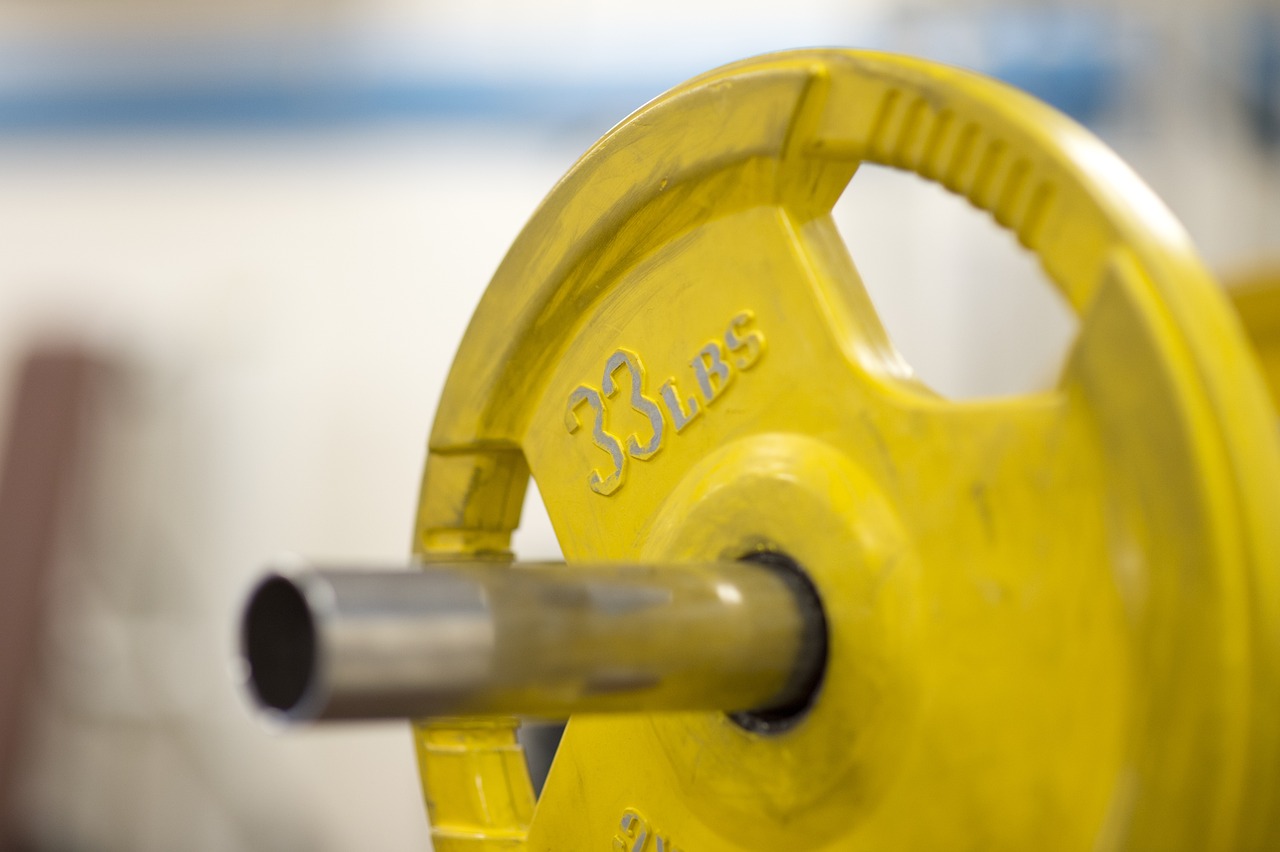
Strategic Movement
When it comes to self-defense, is like the chess game of personal safety. Just as a chess player anticipates their opponent's moves, you must be aware of your surroundings and how to navigate them effectively. It's not just about standing your ground; it's about knowing when to advance, retreat, or sidestep. In a threatening situation, the ability to move strategically can mean the difference between safety and danger.
One of the key aspects of strategic movement is understanding the concept of distance management. This involves recognizing how far you are from a potential threat and adjusting your position accordingly. For instance, if someone approaches you aggressively, maintaining a safe distance can give you the time needed to assess the situation and decide on your next move. Think of it as keeping a buffer zone; the more space you have, the more options you can explore. You can either escape, defend, or prepare for a counter-attack.
Moreover, changing direction quickly can disorient an attacker, giving you a tactical advantage. This is where footwork comes into play. Employing techniques such as lateral movement, pivoting, and even backpedaling can help you evade an attack while positioning yourself for a potential escape. Imagine a dancer gracefully moving across the floor; that fluidity can translate into your ability to evade threats. Whether you're sidestepping an incoming punch or pivoting to face a new threat, your movement should be deliberate and purposeful.
Another critical element of strategic movement is environmental awareness. Every space you find yourself in has its own set of challenges and opportunities. Are there obstacles you can use to your advantage? Is there a clear escape route? By being aware of your surroundings, you can make informed decisions about how to move. For instance, if you're in a crowded area, weaving through people can create confusion for an attacker, allowing you to slip away unnoticed. Alternatively, if you're near a wall, positioning yourself against it can provide a sense of stability while you assess your options.
To summarize, strategic movement is not just about physical agility; it's about mental acuity and environmental awareness. In the heat of the moment, your ability to think on your feet can be your greatest ally. Here’s a quick recap of the main points:
- Distance Management: Maintain a safe distance to assess and react.
- Quick Direction Changes: Use footwork to evade and reposition.
- Environmental Awareness: Utilize your surroundings to enhance your defensive tactics.
By mastering these principles, you will not only enhance your self-defense skills but also empower yourself with the confidence to navigate potentially dangerous situations. Remember, it’s not just about what you do when faced with a threat; it’s also about how you move to stay one step ahead.
Q1: What is the best way to practice strategic movement?
A1: The best way to practice is through drills that include footwork exercises, shadow boxing, and situational role-playing scenarios. Incorporating these into your training routine will help you become more instinctive in your movements.
Q2: How can I improve my environmental awareness?
A2: Start by being mindful of your surroundings in everyday situations. Practice observing details such as exits, potential threats, and obstacles. This awareness can be honed through regular practice in various environments.
Q3: Is strategic movement effective for everyone?
A3: Yes, strategic movement can be adapted to fit any individual's physical capabilities. It's all about finding what works best for you and practicing it regularly.
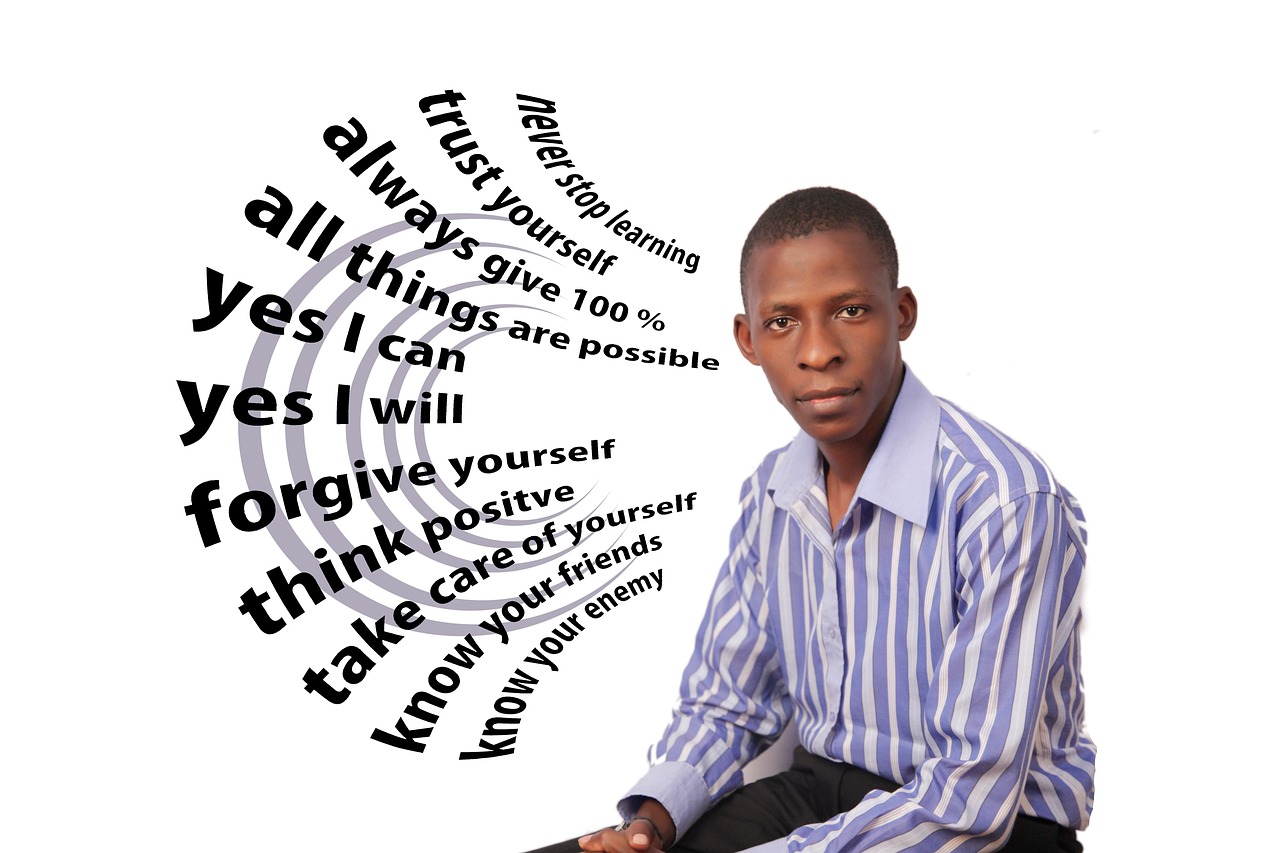
Harnessing Power
When we talk about power in self-defense, we're not just referring to brute strength; it's about the ability to deliver effective strikes and defend oneself in a way that maximizes your chances of escaping dangerous situations. Think of it like a superhero's secret weapon—it's not just about how strong you are, but how you use that strength effectively. To truly harness power, you need to understand both the physical and psychological aspects of self-defense. Let’s dive into how you can cultivate this power and make it work for you.
One of the first steps in harnessing power is through physical conditioning. This aspect is crucial because your body needs to be in top shape to execute defensive maneuvers efficiently. Engaging in a well-rounded fitness routine can significantly enhance your self-defense capabilities. Consider incorporating exercises that build strength, speed, and endurance, such as:
- Weight Training: Increases overall strength.
- Cardio Workouts: Improves stamina and speed.
- Flexibility Exercises: Enhances agility and range of motion.
These exercises not only prepare your body for the physical demands of a confrontation but also instill a sense of confidence. When you feel strong and capable, you are more likely to act decisively when faced with a threat.
However, physical conditioning alone isn’t enough. You also need to focus on psychological readiness. This means preparing your mind to respond effectively in high-pressure situations. Think of it as mental rehearsal; just like athletes visualize their performance, you can train your mind to react calmly and decisively. Techniques such as meditation, visualization, and scenario training can enhance your mental preparedness. By envisioning various self-defense scenarios, you can reduce panic and make quicker decisions when it counts the most.
Moreover, understanding the dynamics of power in self-defense also involves knowing how to generate it effectively. This can be achieved through:
- Proper Technique: Striking with precision rather than just force.
- Body Mechanics: Utilizing your body’s natural movements to enhance power.
- Timing: Knowing when to strike can be more important than how hard you strike.
For instance, a well-timed jab to an opponent's vulnerable area can be far more effective than a wild swing that lacks focus. This leads us to the idea of strategic placement of your strikes. Targeting sensitive areas can amplify the effectiveness of your power, allowing you to disable an attacker quickly and create an opportunity for escape.
To summarize, harnessing power in self-defense is a multifaceted approach that combines physical conditioning and psychological readiness. It's about being prepared, both mentally and physically, to respond to threats effectively. By focusing on your strength, honing your techniques, and preparing your mind, you can transform yourself into a formidable force capable of defending against any potential danger.
Q1: Do I need to be physically strong to defend myself?
A: While physical strength can help, effective self-defense relies more on technique, strategy, and the ability to stay calm under pressure. Many self-defense techniques leverage an attacker’s strength against them, making it accessible for individuals of all sizes.
Q2: How can I improve my psychological readiness?
A: You can enhance your psychological readiness through mental exercises such as visualization and scenario training. Practicing mindfulness and stress-reduction techniques can also help you maintain composure during stressful situations.
Q3: What exercises are best for self-defense training?
A: A combination of strength training, cardio, and flexibility exercises works best. Focus on activities that enhance your overall fitness, such as martial arts, running, and bodyweight exercises.
Q4: Is self-defense training suitable for everyone?
A: Yes! Self-defense training is beneficial for individuals of all ages and fitness levels. It's about learning how to protect yourself and gain confidence, regardless of your starting point.
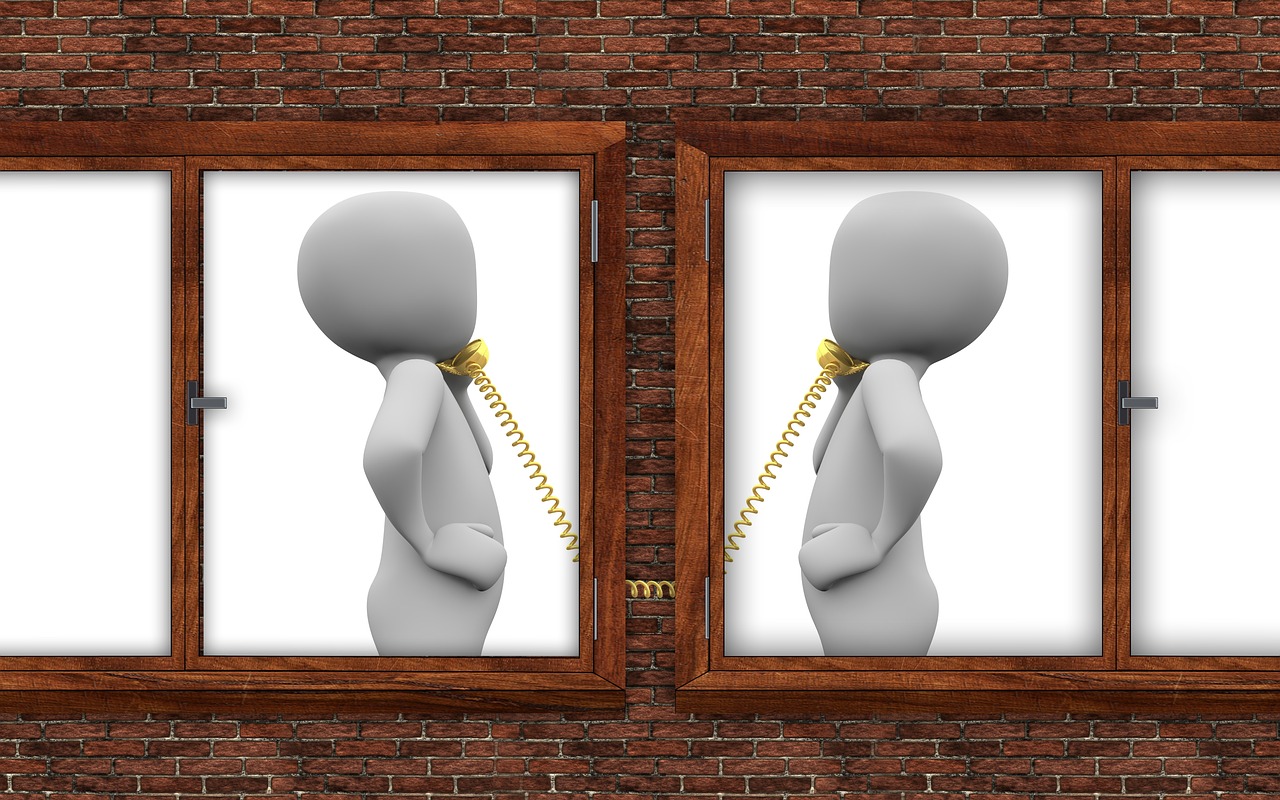
Physical Conditioning
When it comes to self-defense, is not just a bonus—it's a necessity. Imagine trying to outrun a bear while being out of breath after a short sprint. That’s how crucial your fitness level is when faced with a threatening situation. Being physically conditioned means you can act swiftly, maintain your composure, and effectively defend yourself when it matters most. So, what does physical conditioning entail in the context of self-defense?
First and foremost, it involves building strength. Strength training exercises, such as weight lifting or bodyweight workouts, enhance your muscle power. This is vital when you need to deliver a strong strike or push away an assailant. But strength alone isn't enough; you also need speed. Speed training, which can be achieved through sprinting and agility drills, helps you react quickly to unexpected threats. Think of it as being the difference between a tortoise and a hare in a race—speed can be your best ally.
Moreover, we can't overlook endurance. Self-defense situations can be unpredictable and may require prolonged physical exertion. Incorporating cardiovascular exercises like running, cycling, or swimming into your routine can significantly boost your stamina. Imagine being in a situation where you need to run away or fight back for an extended period; having good endurance could mean the difference between safety and danger.
To give you a clearer picture of how to structure your physical conditioning routine, here’s a simple breakdown:
| Type of Training | Focus | Examples |
|---|---|---|
| Strength Training | Building muscle power | Weight lifting, push-ups, squats |
| Speed Training | Improving reaction time | Sprints, agility ladder drills |
| Endurance Training | Enhancing stamina | Running, cycling, swimming |
In addition to physical training, mental conditioning plays a crucial role in your overall readiness. It’s about preparing your mind to stay calm and focused during high-stress situations. Techniques such as visualization, meditation, and breathing exercises can sharpen your mental acuity, making you more decisive when it counts. After all, what good is physical strength if your mind is in chaos?
So, as you embark on your self-defense journey, remember that is a multifaceted approach. It combines strength, speed, endurance, and mental readiness. Just like a well-oiled machine, each component works together to ensure you're prepared to face any threat that comes your way. Are you ready to start training? Because your safety and confidence depend on it!
- How often should I train for self-defense? Aim for at least 3-4 times a week, focusing on different aspects of physical conditioning.
- Do I need special equipment for strength training? While equipment can help, bodyweight exercises are also effective and require no special gear.
- Can I improve my mental readiness? Yes! Regular practice of meditation and visualization can enhance your mental strength.
- Is it too late to start training? Absolutely not! People of all ages and fitness levels can start training and improve their self-defense skills.
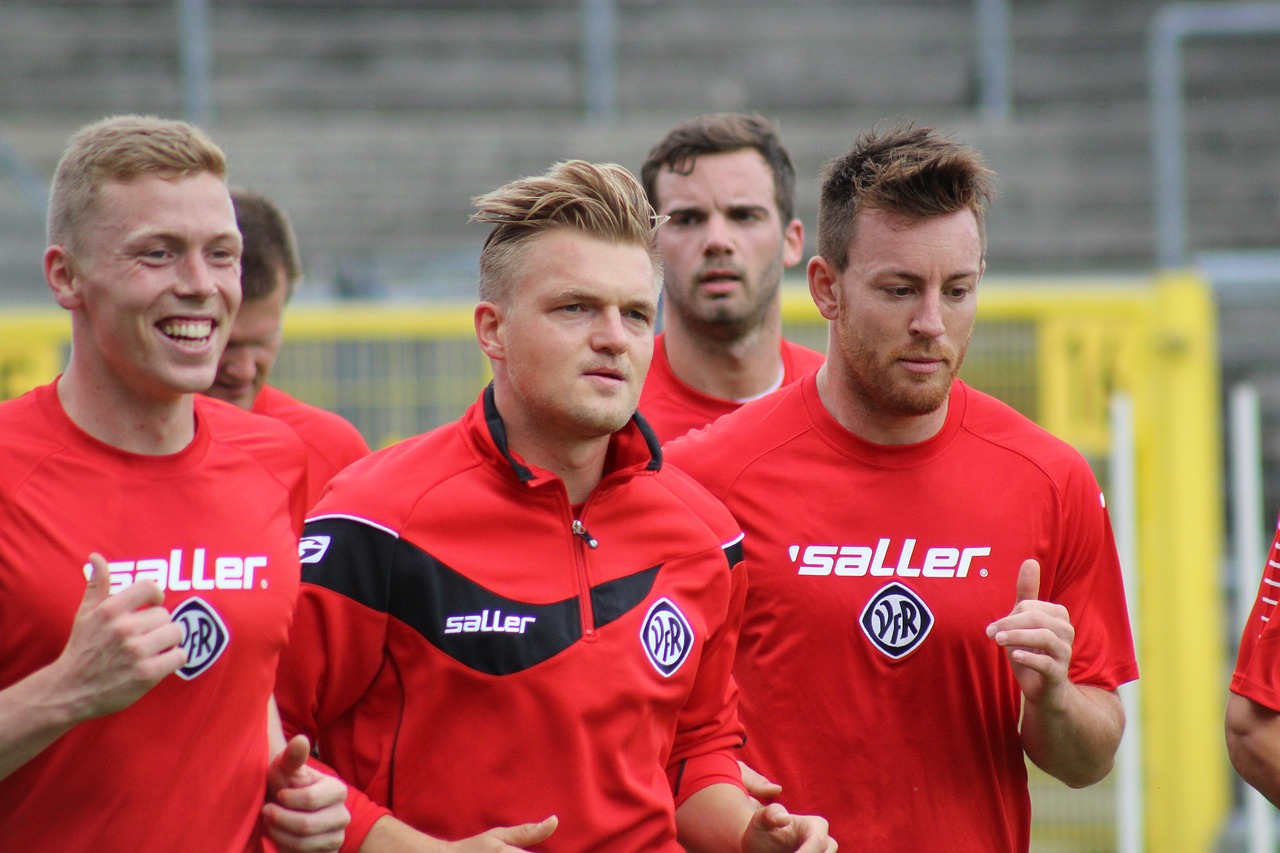
Psychological Readiness
When it comes to self-defense, is just as crucial as physical prowess. Imagine being in a high-stress situation where your heart races, and your mind is flooded with fear. In such moments, the ability to remain calm and composed can mean the difference between safety and danger. Psychological readiness is about training your mind to react effectively when faced with a threat. It’s not just about having the right moves; it’s about having the right mindset.
One key aspect of psychological readiness is mental conditioning. Just like an athlete trains their body, you must train your mind. This involves visualizing potential scenarios and rehearsing your responses. By doing this, you create a mental blueprint that can help you navigate real-life confrontations with greater confidence. Think of it as a mental dress rehearsal; the more you practice in your mind, the better prepared you'll be when the curtain rises on a real threat.
Moreover, understanding your own emotions is vital. Emotions can cloud judgment and lead to panic. Learning to recognize and manage your feelings in stressful situations can significantly enhance your decision-making capabilities. Techniques such as deep breathing, mindfulness, and even meditation can help ground you, allowing you to think clearly and act decisively. It’s about turning fear into focus.
Another important factor is developing a positive mindset. This means believing in your ability to defend yourself and trusting your training. Self-doubt can be paralyzing, and it’s essential to cultivate resilience. Surrounding yourself with supportive individuals and engaging in positive self-talk can bolster your confidence. Remember, it’s not just about physical skills; your mental state plays a critical role in your overall effectiveness.
To sum it up, psychological readiness is a multifaceted concept that encompasses mental conditioning, emotional awareness, and a positive mindset. By investing time in these areas, you can build a robust psychological framework that will support you when it matters most. After all, in the world of self-defense, it’s often the mind that leads the body into action.
- What is psychological readiness in self-defense?
Psychological readiness refers to the mental and emotional preparedness to respond effectively in dangerous situations. It involves training your mind to stay calm, focused, and decisive. - How can I improve my psychological readiness?
You can improve your psychological readiness through mental conditioning, practicing visualization techniques, and engaging in mindfulness exercises like deep breathing and meditation. - Why is a positive mindset important in self-defense?
A positive mindset helps build confidence and resilience, allowing you to trust your training and make quick decisions when faced with a threat. - Can I train my mind for self-defense?
Yes, mental training is just as important as physical training. Visualizing scenarios and rehearsing responses can prepare your mind for real-life situations.
Frequently Asked Questions
- What is the significance of predicament in self-defense training?
Predicament is all about being aware of your surroundings and recognizing potential threats before they escalate. It's like having a sixth sense that alerts you to danger. By understanding your predicament, you can react more effectively and avoid dangerous situations altogether.
- How does positioning affect my self-defense capabilities?
Positioning is crucial because it determines how well you can defend yourself or escape. Imagine being in a game of chess; your position on the board can dictate the outcome. Proper positioning allows you to stay balanced and ready to respond, which can significantly enhance your chances of getting out of a tough situation safely.
- What are some effective defensive stances I should know?
Defensive stances can vary, but some common ones include the natural stance, the fighting stance, and the side stance. Each stance has its own advantages, such as improving balance and readiness. Practicing these stances helps you adapt to various confrontations, making you more responsive in real-life scenarios.
- Why is footwork important in self-defense?
Footwork is your foundation in self-defense. It allows you to maintain distance from an attacker, reposition yourself, and evade strikes. Think of it as the dance of self-defense; the better your footwork, the more gracefully you can navigate a threatening situation. Techniques like lateral movement and pivots can keep you one step ahead.
- How can I harness power effectively in self-defense?
Harnessing power involves understanding how to deliver effective strikes while maintaining control. This can be achieved through various techniques, such as hip rotation and body mechanics. It's not just about brute strength; it's about using your body's natural movements to generate force, making your strikes more impactful.
- What role does physical conditioning play in self-defense?
Physical conditioning is essential for enhancing your strength, speed, and endurance. Imagine trying to run a marathon without training; you'd struggle to keep up. Similarly, being physically fit prepares you to handle the demands of a self-defense situation, allowing you to react quickly and effectively when it matters most.
- How important is psychological readiness in self-defense?
Psychological readiness is just as crucial as physical skills. It's about being mentally prepared to act decisively in dangerous situations. Think of it as the calm before the storm; if you're mentally ready, you can think clearly and make the right choices when faced with a threat. Training your mind to stay focused can make all the difference.


















